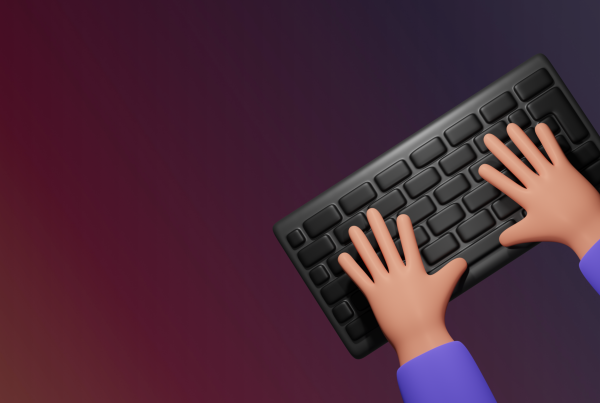Deepfake Attacks: A Threat to Identity in the Age of AI Deception
In the dynamic realm of technology, a significant menace has surfaced in the form of deepfake attacks. Deepfake technology, powered by artificial intelligence (AI), allows the creation of highly realistic and deceptive videos, images, or audio recordings that can deceive individuals and organizations. This blog will explore the potential risks of Deep fake Attacks and provide actionable steps to protect your identity in the face of this growing menace.
Understanding Deepfake Technology and Its Potential Risks
Utilizing artificial intelligence algorithms, deepfake technology manipulates or creates synthetic media content that convincingly simulates authenticity. This manipulated media has the potential to disseminate misinformation, tarnish individuals’ reputations, and deceive large audiences. The ability to convincingly replicate voices or alter actions in videos poses significant implications for personal privacy, reputation, and cybersecurity.
How Deepfakes Target Individuals and Organizations?
Deepfakes can be used to target individuals and organizations through various channels, including social media, messaging apps, or email. Malicious actors may employ deepfakes for extortion, political manipulation, identity theft, or corporate espionage. By impersonating trusted or influential figures, attackers exploit credibility to spread misinformation or gain unauthorized access to sensitive information.
How Deepfake Creators Source Personal Information?
Deepfake producers often rely on readily available personal information and content. This includes data from social media profiles, publicly shared images, videos, online publications, and digital footprints. The surplus of online personal data simplifies attackers’ efforts in gathering information and creating customized deepfakes targeted at specific individuals.

Common sources and methods used by deep fake creators to gather personal data
Let’s delve into the common sources and methods used by deep fake creators to gather personal data for their deceptive purposes:
Sources
Methods
Individuals need to be cautious about the information they share online and regularly review their privacy settings on social media platforms. Understanding the sources and methods employed by deepfake creators to gather personal data can help individuals and organizations take proactive steps to protect themselves against potential deepfake attacks.
Recognizing Signs of Potential Deepfake Attacks
While deepfakes are becoming increasingly sophisticated, there are still indicators that can help identify potential attacks. Signs of a deepfake may include unnatural facial movements, audio quality or lip-syncing inconsistencies, or unusual behaviors or actions. Additionally, context is crucial in detecting deepfakes, as the content may seem out of character or misaligned with the person’s known activities or beliefs.

Strengthening Cybersecurity Measures
To protect yourself and your organization against deepfake attacks, implementing robust Cybersecurity Measures is crucial. Here are some essential steps to consider:
Robust Password Management and Two-Factor Authentication
Securing Personal Devices and Networks Against Intrusion
Encryption and Data Protection Techniques
Deepfake Detection Software and Services
Wrapping Up!
The rise of deepfake technology presents significant challenges in protecting our identities and combating misinformation. By understanding the potential risks, recognizing signs of deepfake attacks, and implementing robust cyber security measures, individuals and organizations can fortify their defenses against this growing threat. By staying vigilant and leveraging available detection tools, we can strive to maintain trust, security, and authenticity in the digital realm.





I do trust all the ideas youve presented in your post They are really convincing and will definitely work Nonetheless the posts are too short for newbies May just you please lengthen them a bit from next time Thank you for the post